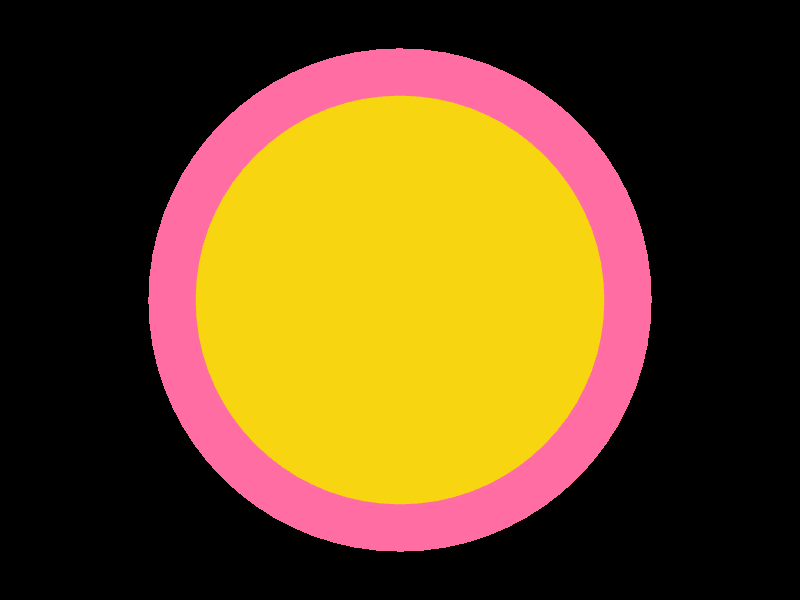Lost and Found
Randomness
Grade 6~8
Empty Variables
So far, we’ve been naming variables and storing data in them all in one go. But there’s actually a way to create a variable, name it, and not store data inside until later. This type of variable is called an empty variable.
let d; // create an empty variable
function setup() {
createCanvas(400, 400);
}
function draw() {
background(220);
d = 100; // assign 100 to d
ellipse(200, 200, d, d);
console.log(d); // print d
}
Why would we need to wait to store data inside of an empty variable? One possible reason is because we’re generating a random number, and that number won’t get created until function draw() runs.
Creating a Random Number
random() is a p5.js feature that generates a random number between a minimum value and a maximum value:
let d; // create an empty variable
function setup() {
createCanvas(400, 400);
}
function draw() {
background(220);
d = random(80, 100); // generates a random number between 80 and 100
ellipse(200, 200, d, d);
console.log(d); // print d
}
Because function draw() runs 60 times per second, the code above would generate 60 new random numbers between 0 and 3 every second.

Let’s keep playing with this idea. Below is an example of a circle that will generate a different circle size and a different stroke weight.
let circleSize;
let strokeWidth;
function setup() {
createCanvas(400, 300);
background(0);
circleSize = random(5, 250);
strokeWidth = random(4, 28);
}
function draw() {
strokeWeight(strokeWidth);
stroke(255, 109, 162);
fill(247, 213, 17);
ellipse(200, 150, circleSize);
}

What would happen if you put the circleSize and strokeWidth variables in the draw() function?